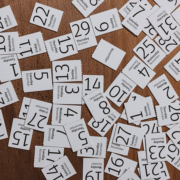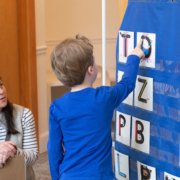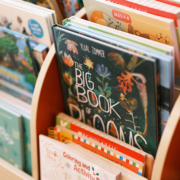What Is Number Sense—and Why It Matters So Much
When people think about math, they often picture memorizing facts or solving problems on paper. But long before that, children develop something even more essential: number sense.
Number sense is a child’s intuitive understanding of how numbers work—what “five” really means, how two quantities compare, and how to manipulate numbers flexibly. It’s the foundation for all later math success, and it begins developing in preschool and kindergarten.
Without strong number sense, students may struggle with math fluency, problem-solving, and even confidence. That’s why we build number sense through hands-on games, visuals, and real-life math talk, long before we expect kids to memorize anything.
A solid foundation in number sense sets students up to enjoy math, not fear it.
But what if your child is older and still struggling? Older students can develop number sense through targeted activities that encourage flexible thinking, such as using mental math strategies, estimating, exploring patterns, and working with visual models like number lines or arrays. When older learners are given the tools and time to revisit core concepts in a supportive setting, they can rebuild their confidence and start thinking like mathematicians.







